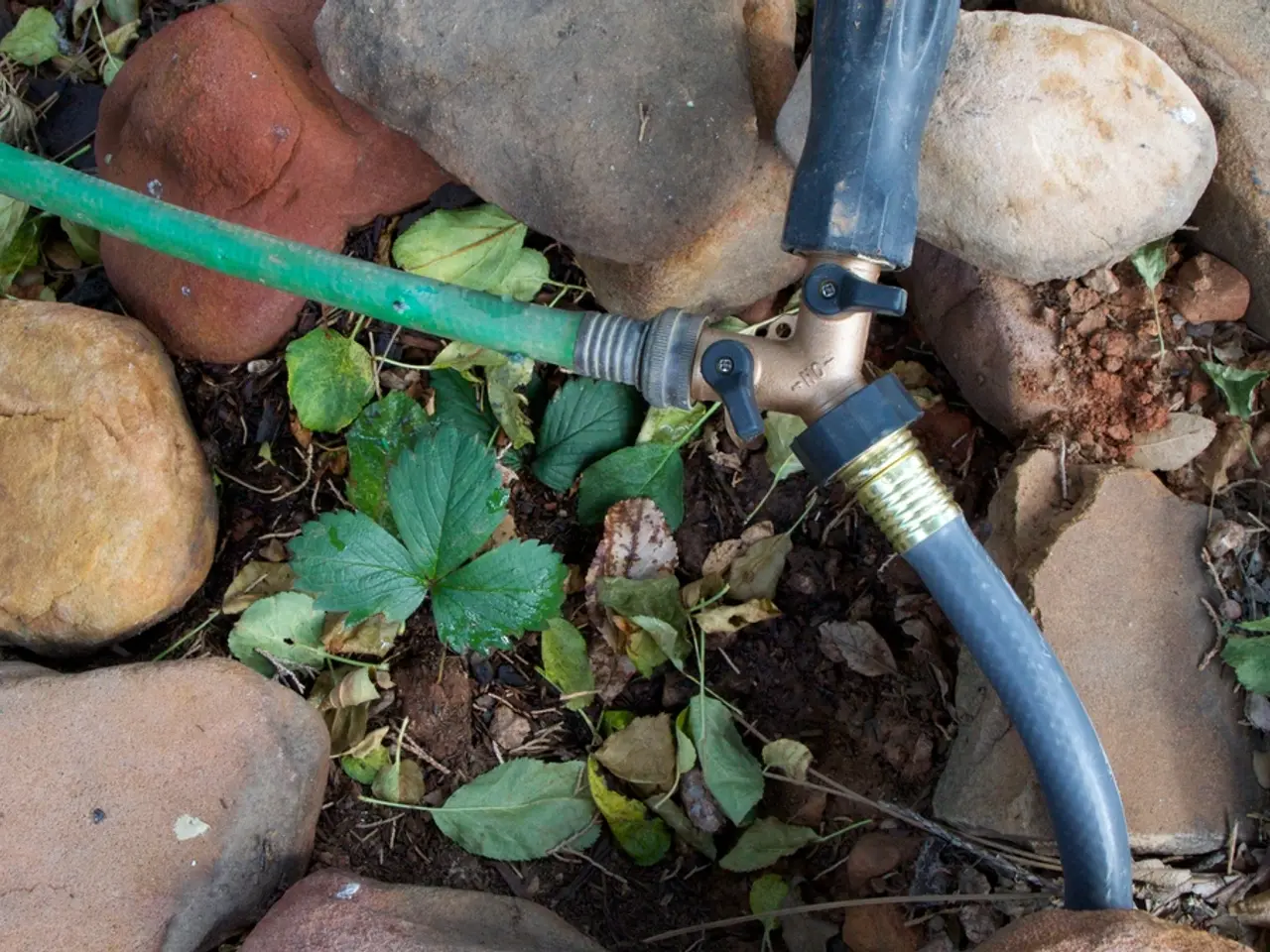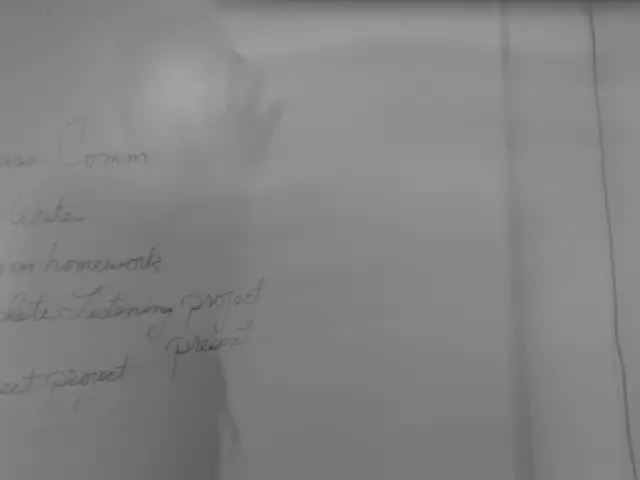Judges are generally bureaucratic, and Justice BA Khan comments that they are not mere milk-washers.
In the heart of India's legal system, a whirlwind of controversy has been brewing, casting a shadow over the country's judiciary. The Justice Yashwant Varma controversy, involving a truckload of cash found in his house and set on fire, has raised eyebrows due to the lack of a First Information Report (FIR) and subsequent inaction by the police.
The judiciary, a cornerstone of democracy, faces numerous challenges, with a significant portion of judges adopting a bureaucratic approach. Instead of focusing on dispensing justice, many judges are found moving files from one place to another, according to estimates suggesting that 80-90% of judges operate in this manner.
Lack of judicial approach, lack of judicial attitude, and lack of judicial compassion are issues plaguing the judiciary today. These deficiencies, coupled with corruption and inadequate infrastructure, are contributing to the judiciary's woes.
Financial resources, a critical component of judicial efficiency, are stretched thin. While both the central and state governments share the responsibility for financing the judiciary, many courts have been grappling with inadequate resources, affecting infrastructure and case disposal rates.
In India, the central government primarily funds the Supreme Court and High Courts, while state governments are primarily responsible for the lower courts. However, in recent years, many courts have faced issues due to insufficient funding, leading to a lack of essential resources such as stenographers and adequate seating.
Corruption in the judiciary is a complex issue, often difficult to detect at the time of appointment. Justice SP Bharucha, a prominent judge, has stated that corruption exists to some extent, with estimates ranging from 20% to 50%.
The shortage of judges is another problem exacerbating the growing pendency figures. Retired judges could potentially be engaged for a short term to help clear backlogs and alleviate the situation.
Technology adoption can improve access to courts, but only if judges are adequately trained. Justice Khan, a former Chief Justice of the Jammu & Kashmir High Court, believes that e-filing and virtual hearings will facilitate quick disposal of cases if judges are trained.
Infrastructure, a national issue confronting the judiciary, is particularly acute in subordinate courts. The J&K government has approved the establishment of a National Law University, which may transform the region's legal education landscape. However, concerns remain about the quality of education in private law colleges in Jammu & Kashmir, with a lack of practical litigation training leaving students unprepared to draft legal documents.
Justice Gita Mittal and Justice Bashir Ahmad Khan, both former Chief Justices, have voiced concerns over the inadequate infrastructure of the J&K High Court. The Judges (Inquiry) Act of 1968 is the only law that applies to judicial inquiries, but it only comes into play during impeachment proceedings.
In the face of these challenges, calls for reform within the judiciary are growing louder. The need for a more competent faculty in legal institutions, improved infrastructure, and a focus on dispensing justice are at the forefront of these calls. As the judiciary continues to grapple with these issues, the future of India's legal system hangs in the balance.
Read also:
- Tobacco industry's suggested changes on a legislative modification are disregarded by health journalists
- Uncovering Political Ad Transparency: A Guide to Investigating opponent's Political Advertisements in the Digital Realm
- Elon Musk praises JD Vance's debate performance against Tim Walz
- Right-wing Israeli minister supports controversial plan for West Bank settlement expansion








